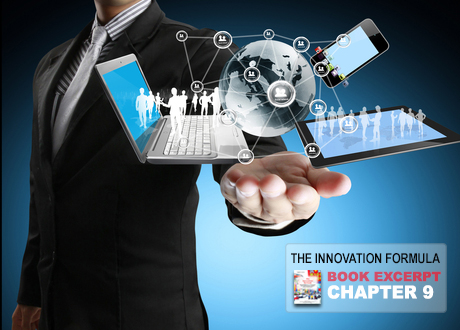The Boom – Not Doom – from Market Failure
What do non-consumption, organizational friction and market failure have in common? These days, everyone is “innovating” to find the next big thing. But where do you start? One way is to try and think of innovation as having mass, and therefore it cannot be created from truly nothing. Innovation must start somewhere, and it must start with something that already exists.








